The Importance Of Taking Steps To Winterize Your Home Plumbing
As winter approaches, it’s crucial to fortify your home against the challenges that colder temperatures can pose to your plumbing system. Frozen pipes, leaks, and bursts are common issues during winter, but with the right precautions, you can ensure a cozy and leak-free season. In this comprehensive guide, we’ll delve into five crucial tips to help you winterize your home plumbing effectively, safeguarding your pipes and fixtures against the chill.
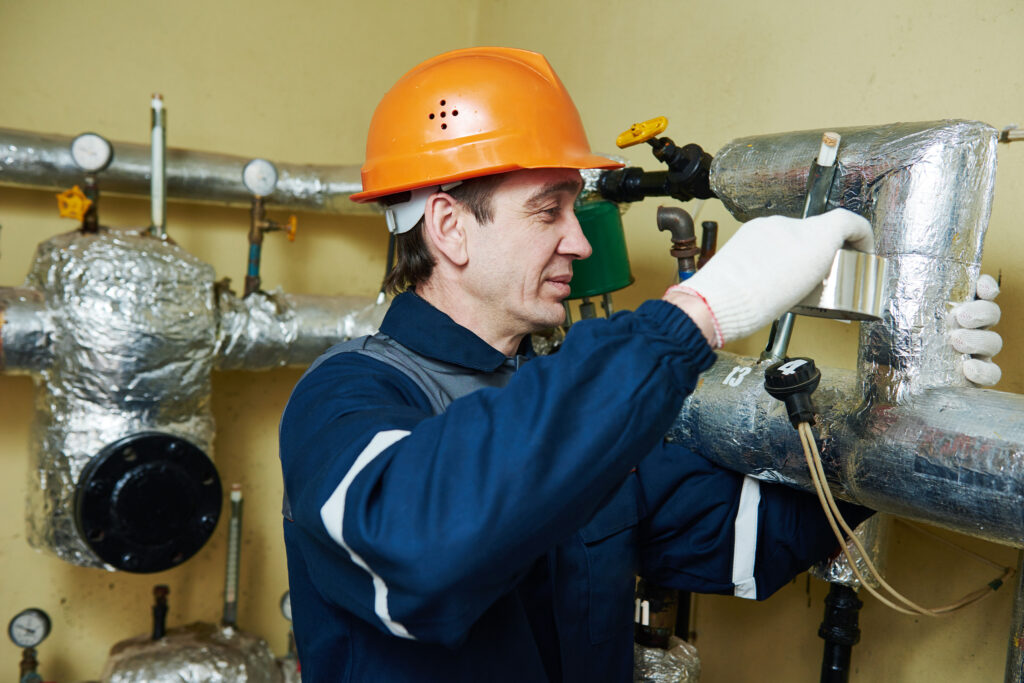
Insulate Your Pipes
The vulnerability of exposed pipes to freezing cannot be overstated, making insulation a paramount consideration in your winterization efforts. Begin by identifying pipes in unheated areas, such as basements, crawl spaces, and attics. High-quality insulation sleeves or wrapping provide a robust defence against frigid temperatures, minimizing the risk of freezing and subsequent damage. Adequate insulation not only protects your plumbing but also contributes to energy conservation by reducing heat loss from hot water pipes, resulting in a more efficient and cost-effective system.
Proper insulation is particularly crucial in areas with harsh winter conditions. Foam pipe insulation is a popular choice, as it creates a thermal barrier that helps maintain a consistent temperature for the water flowing through the pipes. Insulating both hot and cold water pipes is essential, as it prevents heat loss from the hot water pipes and reduces the likelihood of cold water pipes freezing.
Additionally, consider insulating the walls and ceilings in areas with exposed pipes. This additional layer of insulation helps maintain a warmer ambient temperature, reducing the strain on your heating system and further protecting your plumbing from the winter chill.
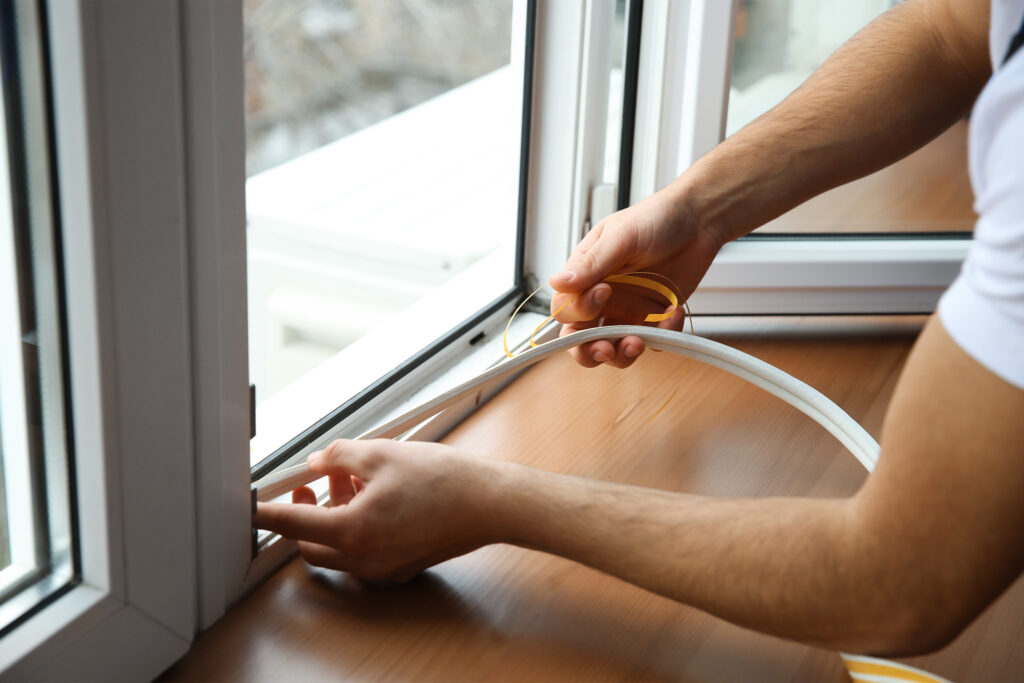
Seal Leaks And Cracks For Full Winterization
A comprehensive winterization strategy includes meticulously inspecting leaks and cracks that could compromise your home’s insulation. Focus on areas prone to drafts, such as windows, doors, and openings in walls or foundations. Weatherstripping, caulk, or insulation are invaluable tools in sealing these gaps, creating a robust barrier against cold air infiltration. Beyond safeguarding your plumbing, maintaining a well-sealed home enhances overall energy efficiency, leading to sustainable and cost-effective living.
Start by inspecting the seals around windows and doors. Over time, these seals can deteriorate, allowing cold air to enter and warm air to escape. Replace any damaged or worn weatherstripping to ensure a tight seal. Check for gaps and cracks in the walls, foundation, and around utility penetrations, such as pipes and wires. Use caulk or expanding foam to seal these openings, preventing cold drafts and protecting your plumbing from the adverse effects of winter weather.
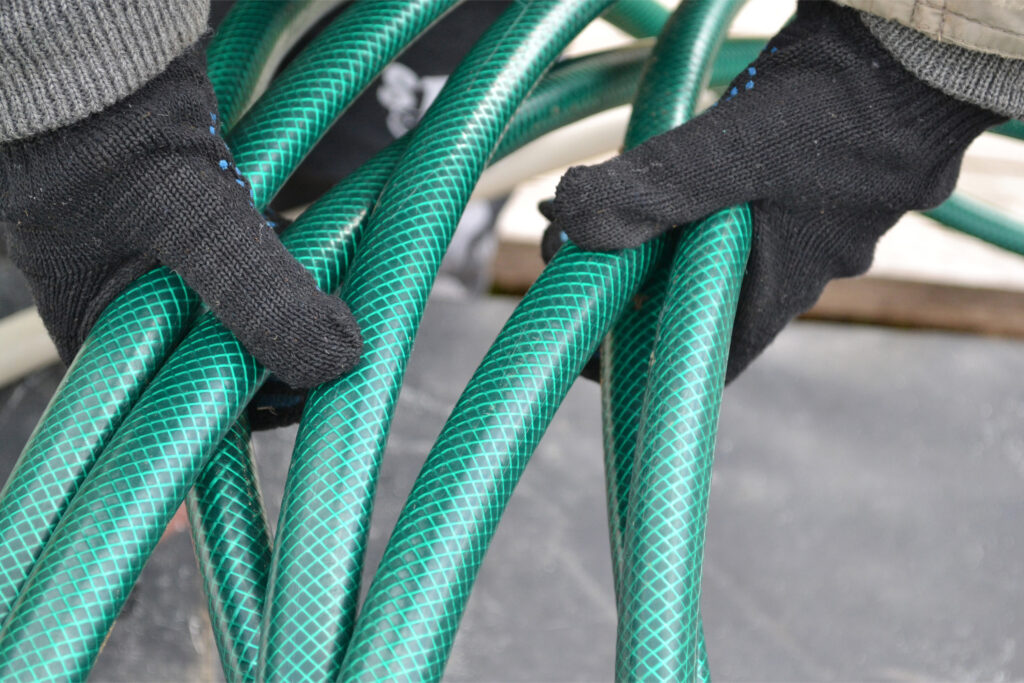
Disconnect And Store Outdoor Hoses And Water Lines
Outdoor plumbing, often overlooked during winterization, demands attention to prevent potential issues. The simple act of disconnecting and storing outdoor hoses can prevent frozen faucets and pipes. Ensure all water is drained from the hoses before storing them in a sheltered location. Consider additional measures, such as installing frost-free hose bibs or faucet covers, to provide an extra layer of protection against freezing temperatures. This proactive approach safeguards your outdoor plumbing, minimizing the risk of damage and avoiding the need for costly repairs come spring.
Outdoor faucets are susceptible to freezing, especially if connected to a hose. When water inside the hose freezes, it can expand back into the faucet, causing damage. Disconnecting the hose and draining any remaining water is a simple yet effective way to prevent this issue. Store the hose in a garage or shed to protect it from the elements.
Frost-free hose bibs are designed to prevent freezing by shutting off the water supply inside the house, allowing the remaining water in the pipe to drain out. If your home is not equipped with frost-free hose bibs, consider installing insulated covers on outdoor faucets to provide additional insulation against the cold.
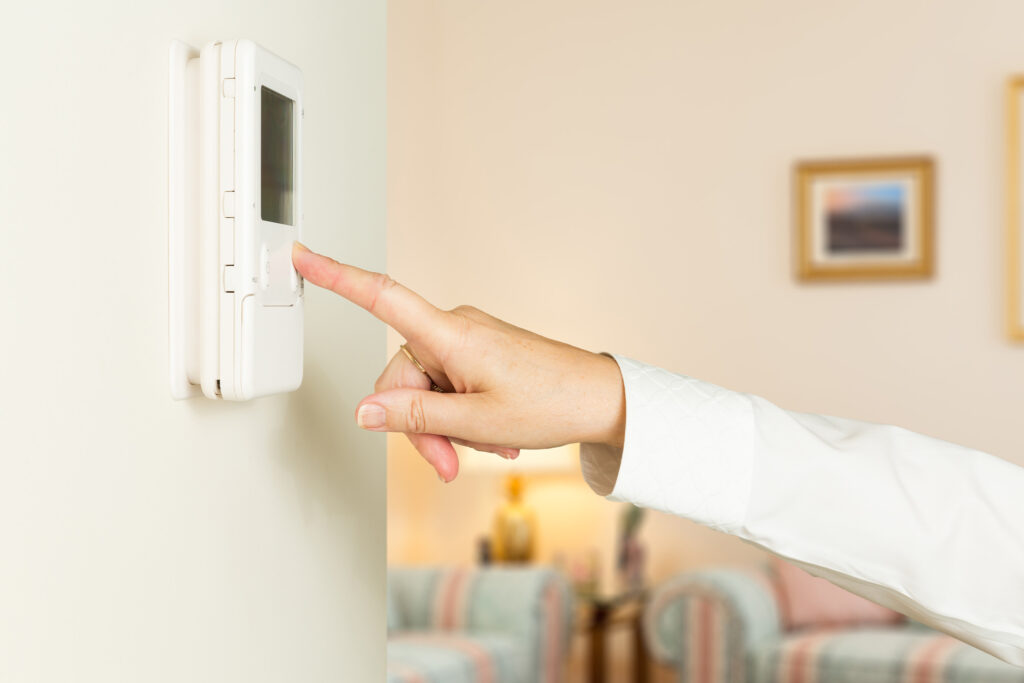
Keep A Consistent Indoor Temperature To Prevent Frozen Pipes
While energy conservation is a priority, maintaining a consistent indoor temperature is crucial to prevent pipes from freezing. Striking a balance between energy efficiency and adequate warmth is achieved by keeping the temperature above freezing, especially during extended absences. Consider investing in a programmable or smart thermostat, allowing you to monitor and adjust the temperature remotely for flexibility while ensuring your home remains warm enough to protect your plumbing during winter. This proactive measure prevents frozen pipes and contributes to a comfortable and energy-efficient living environment.
The thermostat setting during winter is a critical factor in preventing frozen pipes. While it may be tempting to lower the thermostat to save on heating costs, setting it too low can lead to a significant risk of freezing. Aim to keep the indoor temperature above 12.8 degrees Celsius (55 degrees Fahrenheit) to ensure that the pipes stay warm enough to prevent freezing.
If you plan to be away from home for an extended period, it’s essential to take additional precautions. Set the thermostat to a minimum temperature to prevent freezing, but avoid turning it off entirely. Alternatively, you can ask a trusted neighbour or friend to check on your home periodically and ensure that the heating system is functioning correctly.
Investing in a programmable thermostat offers the convenience of automating temperature adjustments based on your schedule. You can program the thermostat to lower the temperature when you’re away and raise it before you return, striking a balance between energy efficiency and comfort. Smart thermostats, connected to mobile apps, provide remote control and monitoring, allowing you to adjust the temperature from anywhere.
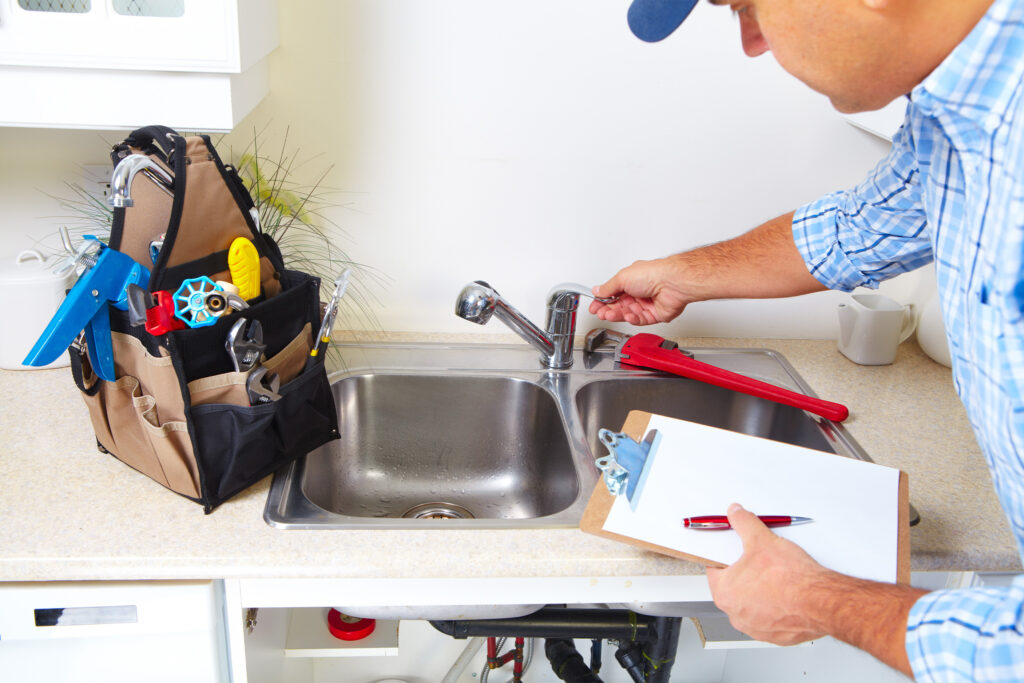
Schedule A Professional Plumbing Check-Up For Winterizing Your Home
Before the onset of winter, consider enlisting the expertise of a licensed professional for a thorough plumbing check-up. A skilled plumber can conduct a comprehensive inspection of your entire plumbing system, identifying potential issues and addressing existing concerns. This proactive approach not only ensures that your plumbing is well-prepared for the colder months but also provides personalized advice tailored to your home’s plumbing setup. Investing in a pre-winter plumbing check-up is a prudent decision that can save you from unexpected problems, giving you peace of mind and the assurance of a well-maintained plumbing system.
The professional plumbing check-up typically involves a thorough examination of all visible plumbing components, including pipes, fixtures, and connections. The plumber will check for any signs of corrosion, leaks, or damage that could lead to problems during winter. They may also inspect the water heater to ensure it is functioning efficiently and recommend any necessary maintenance or repairs.
Additionally, the plumber can provide valuable insights into specific winterization measures based on your home’s plumbing configuration. This may include recommendations for additional insulation, pipe heating solutions, or adjustments to the water heater settings. The personalized advice from a professional ensures that your winterization efforts are tailored to the unique characteristics of your plumbing system.
Winterize Your Plumbing To Prevent Pipe Freezing And Save Yourself The Headache
Winterizing your home plumbing is a proactive and cost-effective approach to avoid the headaches associated with frozen pipes and leaks during the colder months. By focusing on insulating exposed pipes, sealing leaks and cracks, disconnecting and storing outdoor hoses, maintaining a consistent indoor temperature, and scheduling a professional plumbing check-up, you can protect your plumbing system and enjoy a comfortable, worry-free winter. Take these comprehensive steps now to ensure that your home is ready to face the challenges of winter weather, keeping your pipes and fixtures in optimal condition throughout the season. Not sure where to start? We can help; call us today and get your home’s plumbing system ready for cold weather!
